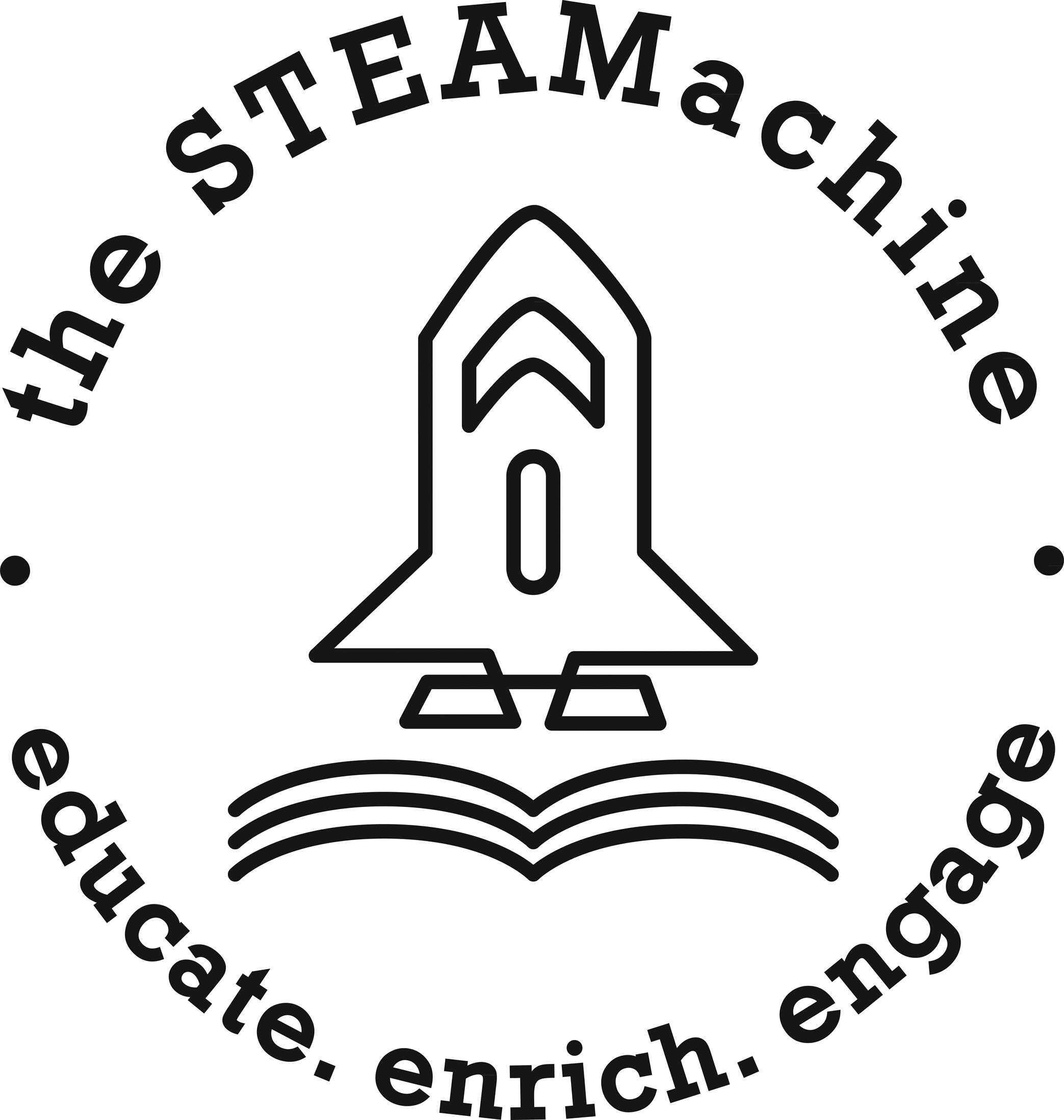Falcon’s Straw Gliders
Use the power of physics to design a device that can fly and glide like Falcon from Marvel’s Avengers! You’ll be surprised by how far they fly!
Materials
Paper
Scissors
Ruler
Tape
Straw
(Optional) Pencil
(Optional) Crayons, colored pencils, or markers
Procedure
Step 1
Take your sheet of paper and cut 2 lengthwise strips from it about 1 inch wide. Use your ruler and cut one strip to about 4 inches and one strip to about 6 inches.
Step 2
Decorate the strips of paper with crayons, colored pencils, or markers if you want! Make it look like your own personalized pair of wings!
Step 3
Fold one strip of paper into a ring and secure with tape on the ends.
Step 4
Tape one end of the straw to the inside of the ring. Make sure the straw is straight! (If your straw has the bendy end, it might be easier to just cut it off)
Step 5
Tape the other end of the straw to the other strip of paper. Make sure the straw is straight, otherwise your glider won’t fly very far!
Step 6
Tape this strip into a ring like you did on the other side.
Step 7
Practice throwing your glider!
Compare throwing it with the big ring facing forward with the small ring facing forward. Which goes farther?
Does how hard you throw affect how it flies?
Step 8
Try different designs! What if you use different shaped rings? Or if you put the rings closer together? What if the rings are not shaped as circles, but squares or triangles? What if you use a different type of paper? Or more than one straw? Be creative and experiment!
Science Explanations
Kindergarden - 2nd Grade . . .
- When you throw the glider, are you pushing or pulling? (Answer: pushing)
- Does the glider fly in the same direction or different direction as your push? (Answer: same direction)
- What happens when you throw the glider with different strengths and in different directions?
- When the glider hits the wall or the floor, how does that collision change the movement of the glider (Answer: it stops the movement)
- (NGSS K-PS2-1)
3rd - 5th Grade . . .
- The Power of the Force! A force acts on an object and has both a strength and a direction. In other words, the force depends how hard you throw and in what direction you are throwing. Because force has both a direction and strength, it is known as a vector!
- When an object is at rest (when it is not moving) the object typically has multiple forces acting on it, but when you add them all together, they add to zero. Forces that add to zero are balanced and do not cause changes in the speed or direction of an object’s motion.
- Think of a book sitting on top of a table. Gravity exerts a force downwards on the book, but the table exerts an upwards force on the book as well. Multiple forces act on the book, but they add to zero and the book doesn't move.
- Forces that do not sum to zero are unbalanced. Unbalanced forces cause motion or changes in the speed or direction of an object's motion.
- When you throw the glider, you are putting a large forward force on the glider. This force is unbalanced, causing the glider to fly.
- The glider eventually stops flying because the force of gravity pulls it towards the ground.
- Based on this observation, what direction does gravitational force (exerted by Earth) pull? (Answer: Down! Gravity pulls things towards Earth’s spherical center)
- What is something else that exerts a gravitational force? (Possible Answer: other planets, objects with mass)
- (NGSS 3-PS2-1)
- (NGSS 5-PS2-1)
- Speed and Energy! Does a glider that is flying faster have more energy or less energy than a glider that is flying slower? (Answer: flying faster = more energy)
- What is the name for this type of energy? (Answer: Kinetic energy)
- How do you make a glider fly faster? How much energy does it take to make the glider go faster? (Answer: To make the glider go faster, you throw it harder. A harder throw has more energy. Energy is transferred from your arm muscles to the glider’s forward motion)
- But where do the muscles in your arm get their energy?
- Answer: The food you eat! Vegetables and fruits (plants) get their energy from the light of the sun. Light energy is transferred into the plant and stored as chemical energy. Animals get their energy from plants or other animals. They eat plants and convert the plant’s stored energy into their own stored energy. When you eat food, the chemical energy of plants and animals is stored in you until you use it! Animals (including humans) usually store energy as fat. Animals use energy for body repair, growth, motion, and to maintain warmth.
- How can you find out how much energy food has? (Answer: Calories! Calories are units of energy) Take a look at how much energy your next meal or snack contains!
- (NGSS 4-PS3-1)
- (NGSS 4-PS3-2)
- (NGSS 5-PS3-1)
Created by Julia Wang and Ethan Kirgan Inspired by our friends at KiwiCo


